As many of you may already know, I spent two weeks last month in Ireland with a group of fellow classmates on an NYU Food Studies graduate study abroad program. During the course of our time together we crisscrossed the lush, green country and studied Ireland's food culture, food systems, agriculture industry, history, and the current gastronomic landscape. As part of the course assignments we put together a blog with each student contributing once per week. For the next couple of posts I will be sharing my blogs from the trip - I hope you enjoy!
Day 4 (July 6, 2016) - A visit to the Strokestown Park House and The National Irish Famine Museum
Off the bat I think it is important to know that home kitchens fascinate me. They are intriguing not only because I personally love to cook and be in my own kitchen but also because I am intellectually curious about how other people cook in their homes and what it says about them. It is also interesting to consider what impact ethnicity, culture, socio-economic standing, and time period may have on the construction and utilization of kitchens. On another level, they can have telling indicators about the social standing of their owners and the social structure of their society.
The class visited the Strokestown House and The National Irish Famine Museum in the town of Strokestown, in the west of Ireland. The visit broke down into three major parts – a tour of the house that the Mahon family inhabited for generations, a visit to the museum dedicated to telling the local story of the famine, and a self-guided walking tour of the grounds. A highlight for me was getting to see the kitchen in the family house.
Before entering the kitchen the tour took us through the grand family dining room with a long wooden table, fine china, shining polished silver, an impressive wooden ice chest (it was lined with lead to keep items on ice cool for longer periods of time), and regal artwork (although many pieces were sold during harder times). Despite the now faded tinge to the ruby-colored 17th century French wallpaper, it is easy to image the room being regal and refined when it was in peak use by the Mahon family to entertain other prominent members of society.
Through the butler’s pantry, where the first phone installed in the house can still be found, is the large open kitchen. After the stately décor of the dinning room the kitchen seemed simple, rustic, and less grand despite its generous size. On display were kitchen tools, dishes, pots, pans, tea cups, a jar labeled “leeches” (which our tour guide told us was actually used to keep leeches to treat kitchen cuts to prevent infection), and teapots. One entire wall of the kitchen was taken up by various stoves and ovens that included a particular upright, free-standing, Dutch oven that was used to cook game whole. In the middle of the room was a vast open space that I imagine had likely contained a table for additional preparation space when it was in use. It is easy to visualize that in it’s day this sizable, well-equipped kitchen would have been bustling space used to serve numerous high profile guests lavish meals.
It is evident because of the time period, history, and design that the Strokestown House kitchen was a space largely occupied and used by the servants and not the homeowners themselves. If you look up towards the ceiling you can spot a second level with a railed balcony that looks down on the kitchen. This balcony area was used by the lady of the house to give her orders to the kitchen staff below. The divide between the “upstairs” family and the lowly “downstairs” servants was so great that they could not even speak eye-to-eye on the same level as one another and literal spacial separation was created to reinforce class status. Additionally, there was a separate door to the outside from the kitchen and the estate had several underground tunnels for servants to use so they could more easily remain out of sight and in the shadows.
In juxtaposition, it is interesting to consider that today, whether an owner personally uses it or not, a large, sleek show kitchen, with all of the requisite top-of-the-line appliances and embellishments, is coveted and necessary possession for the elite in society. Does the banishing of balconies and tunnels mean the class divide has really narrowed or have we just found other more subtle ways to reinforce our class standing? I would argue that latter and that could be a whole other blog post...
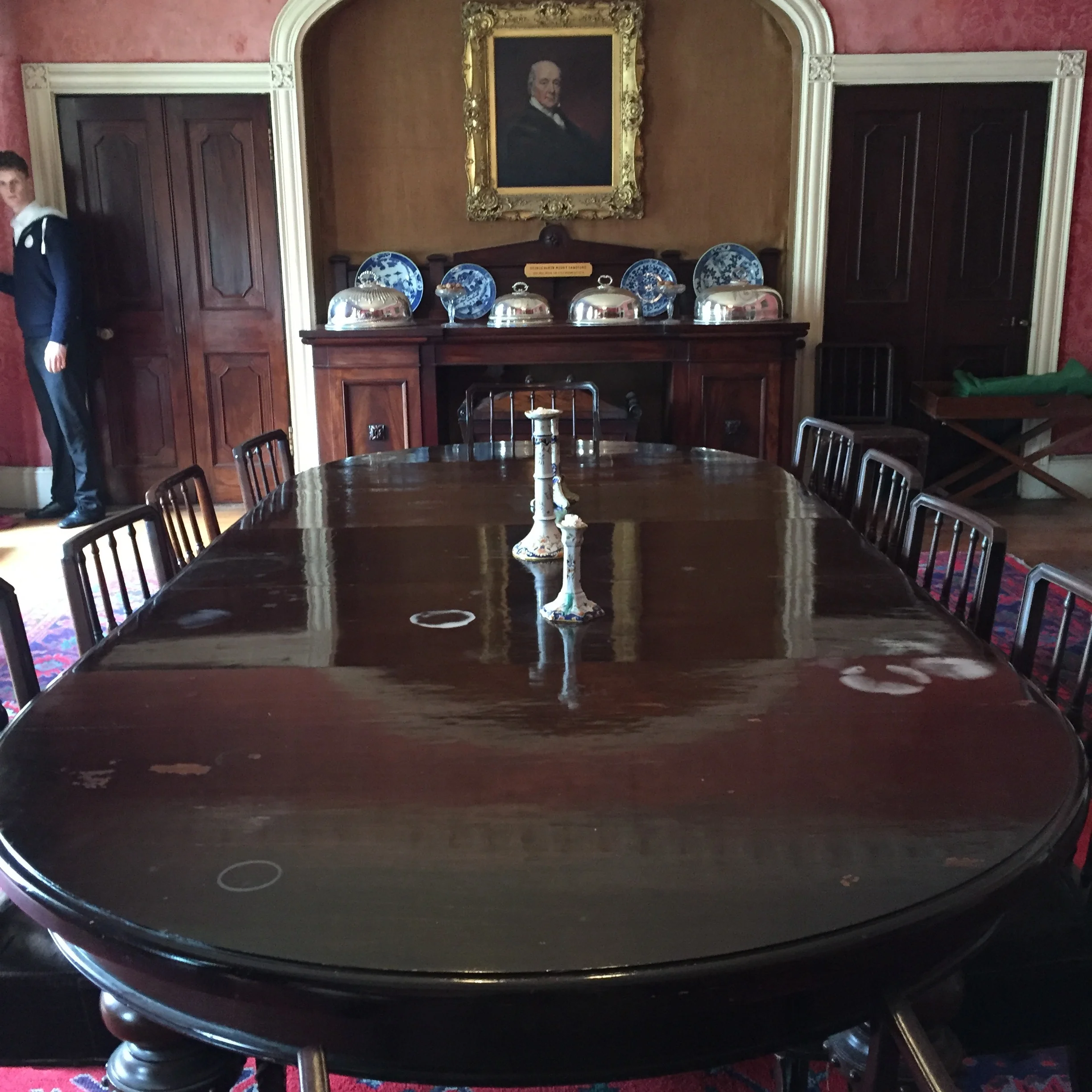
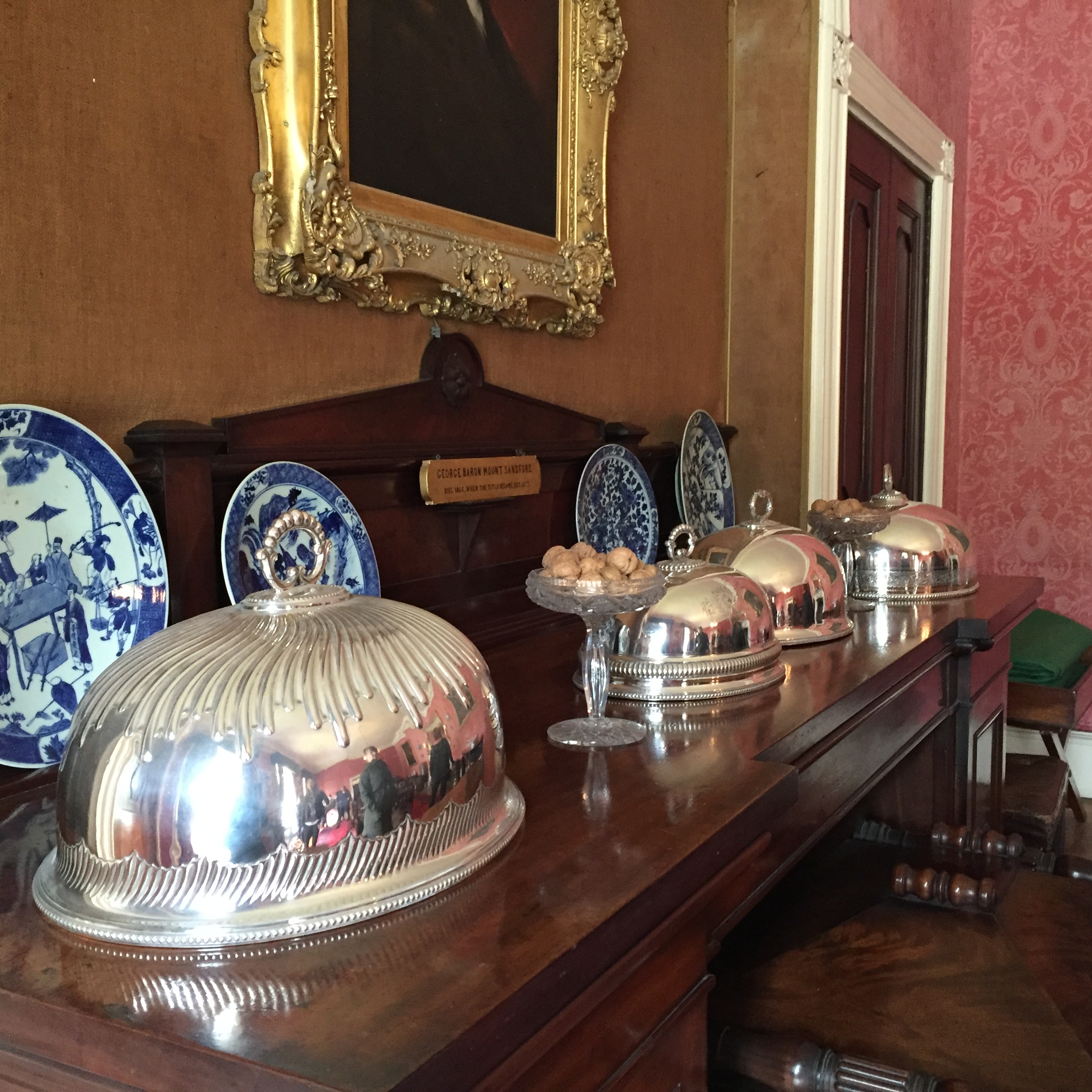
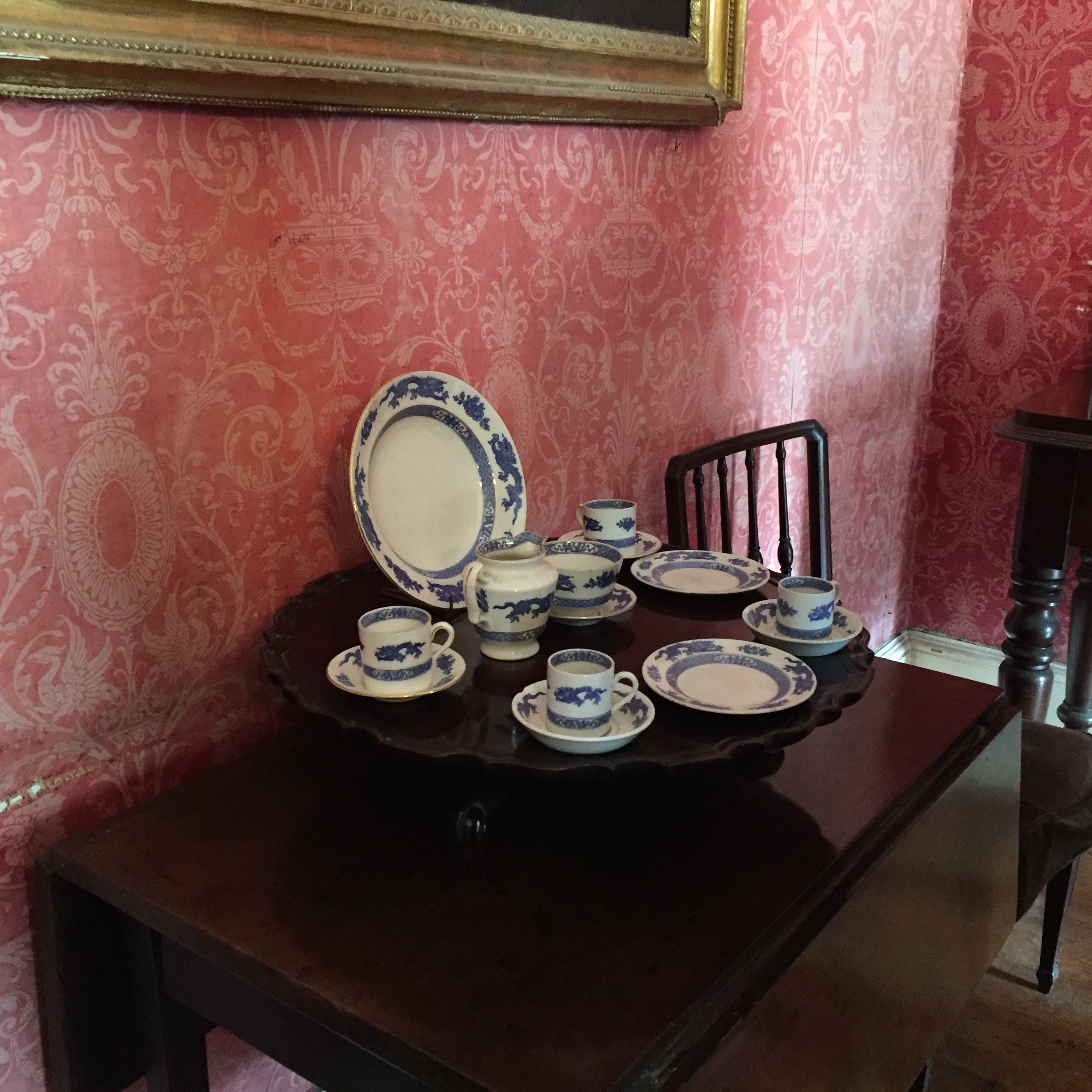
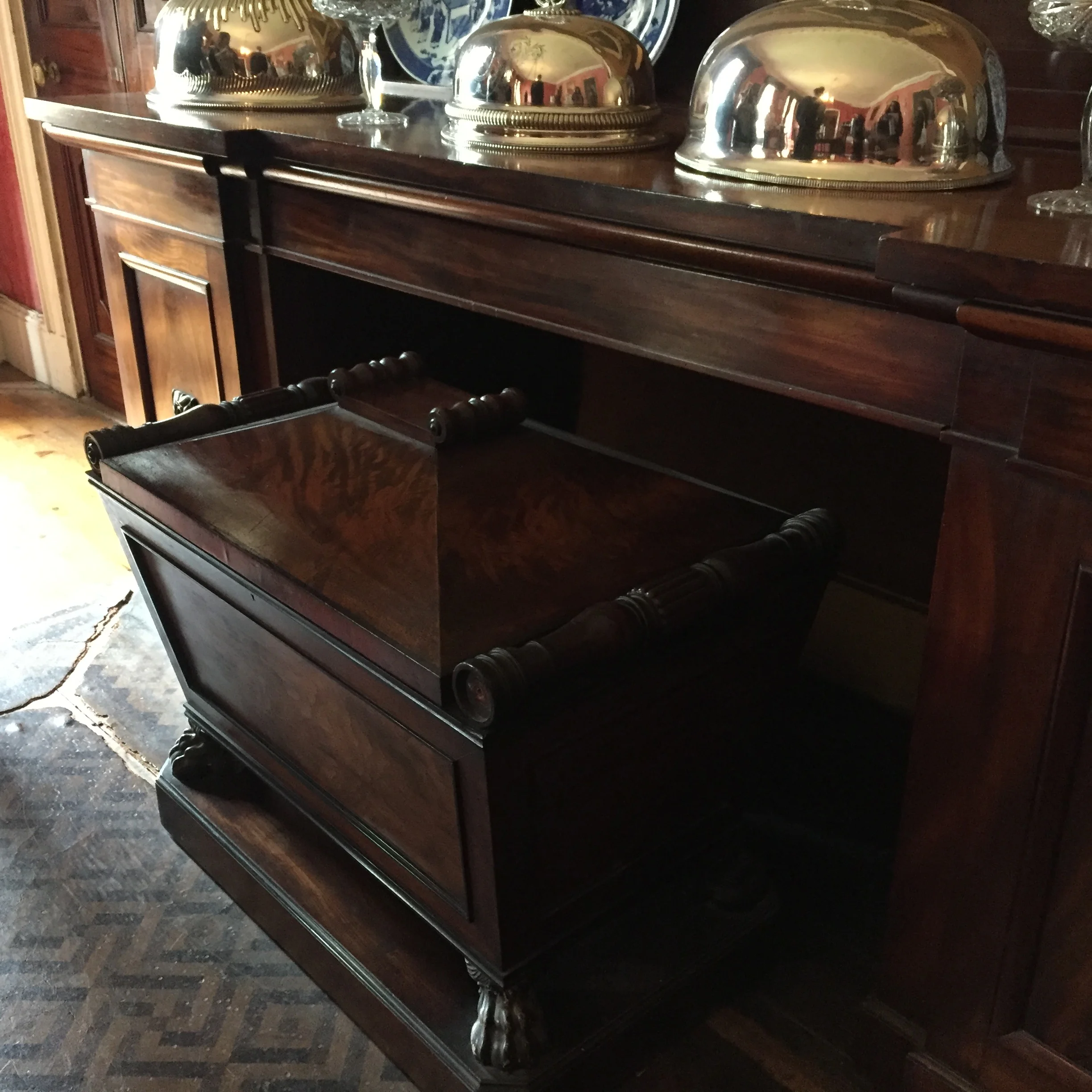
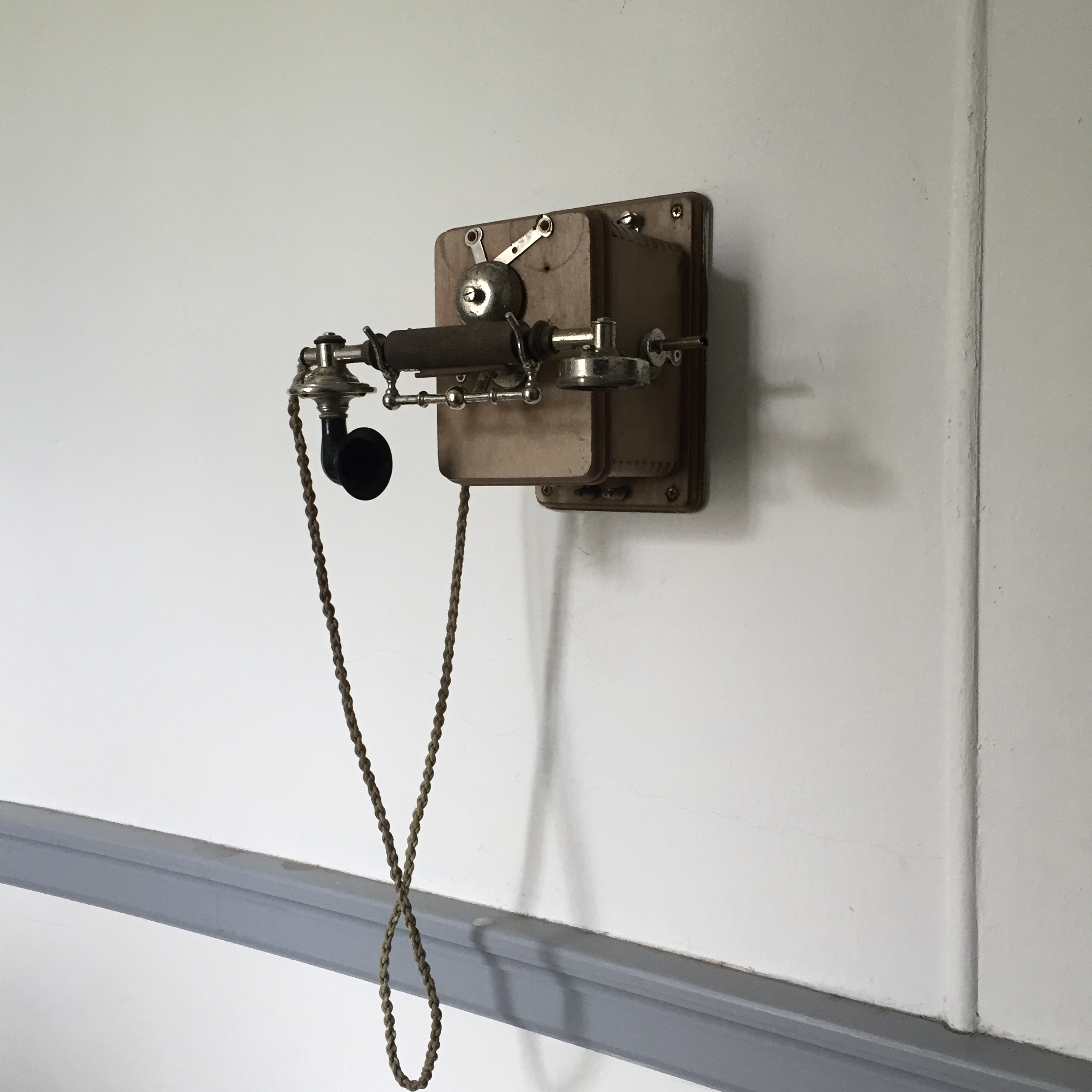
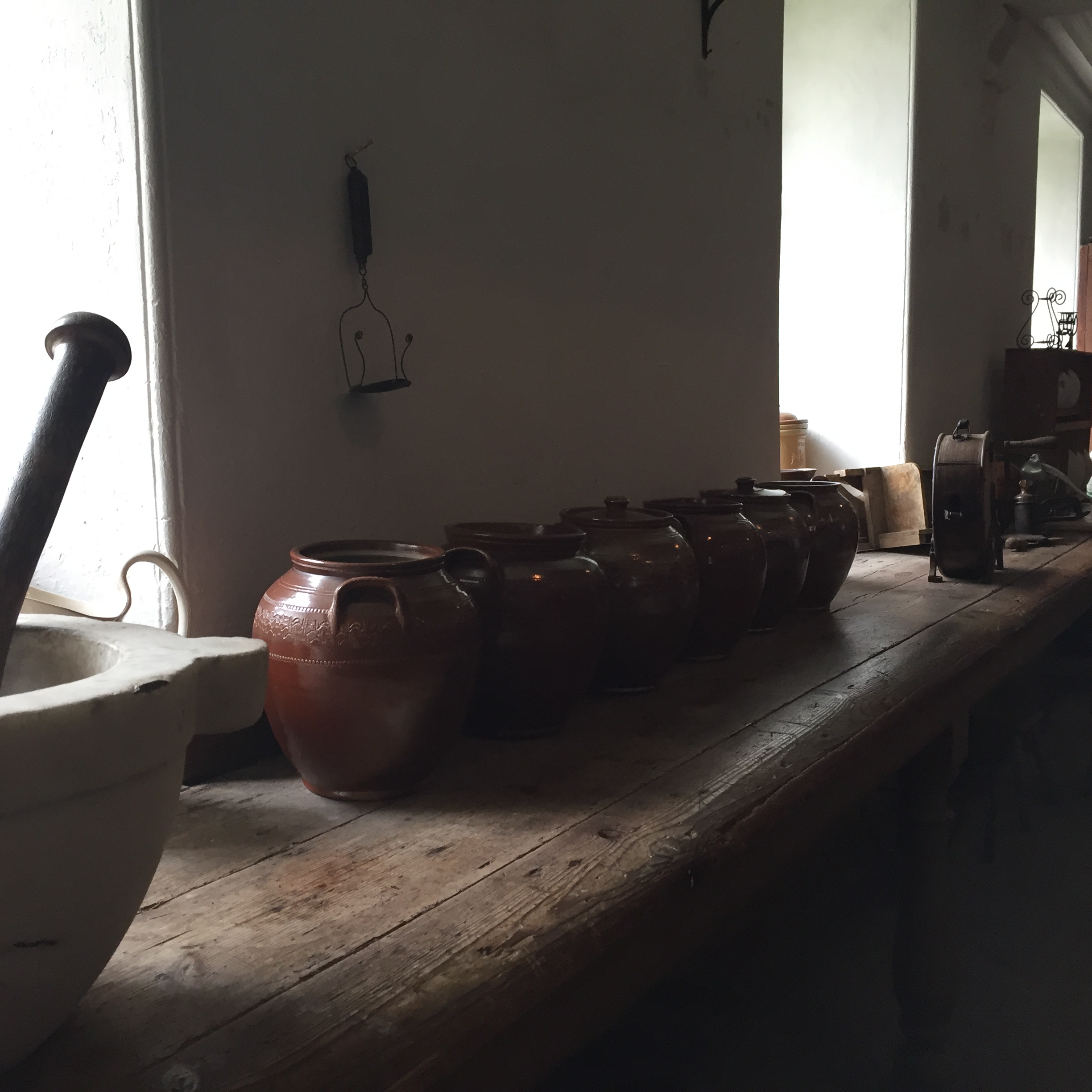
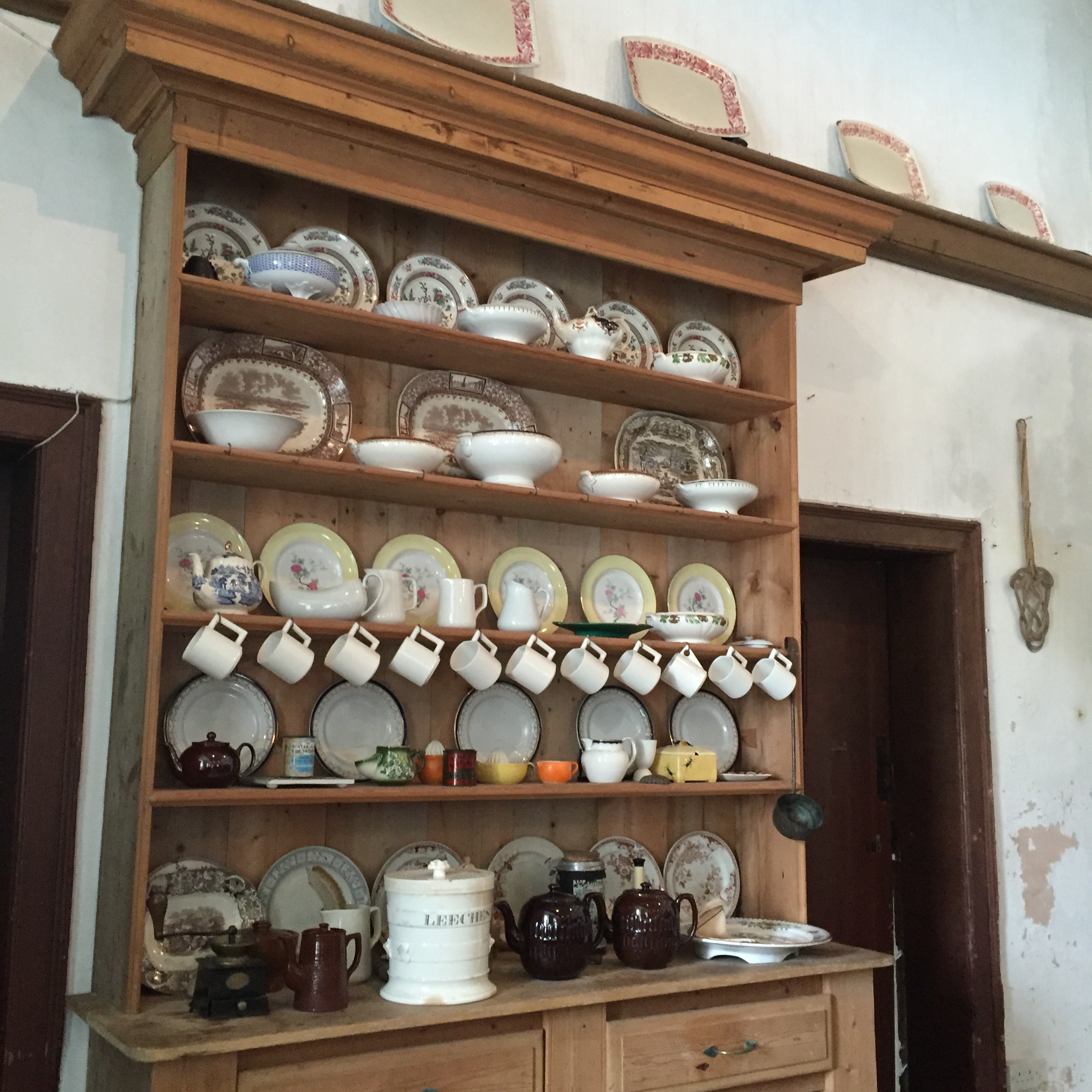
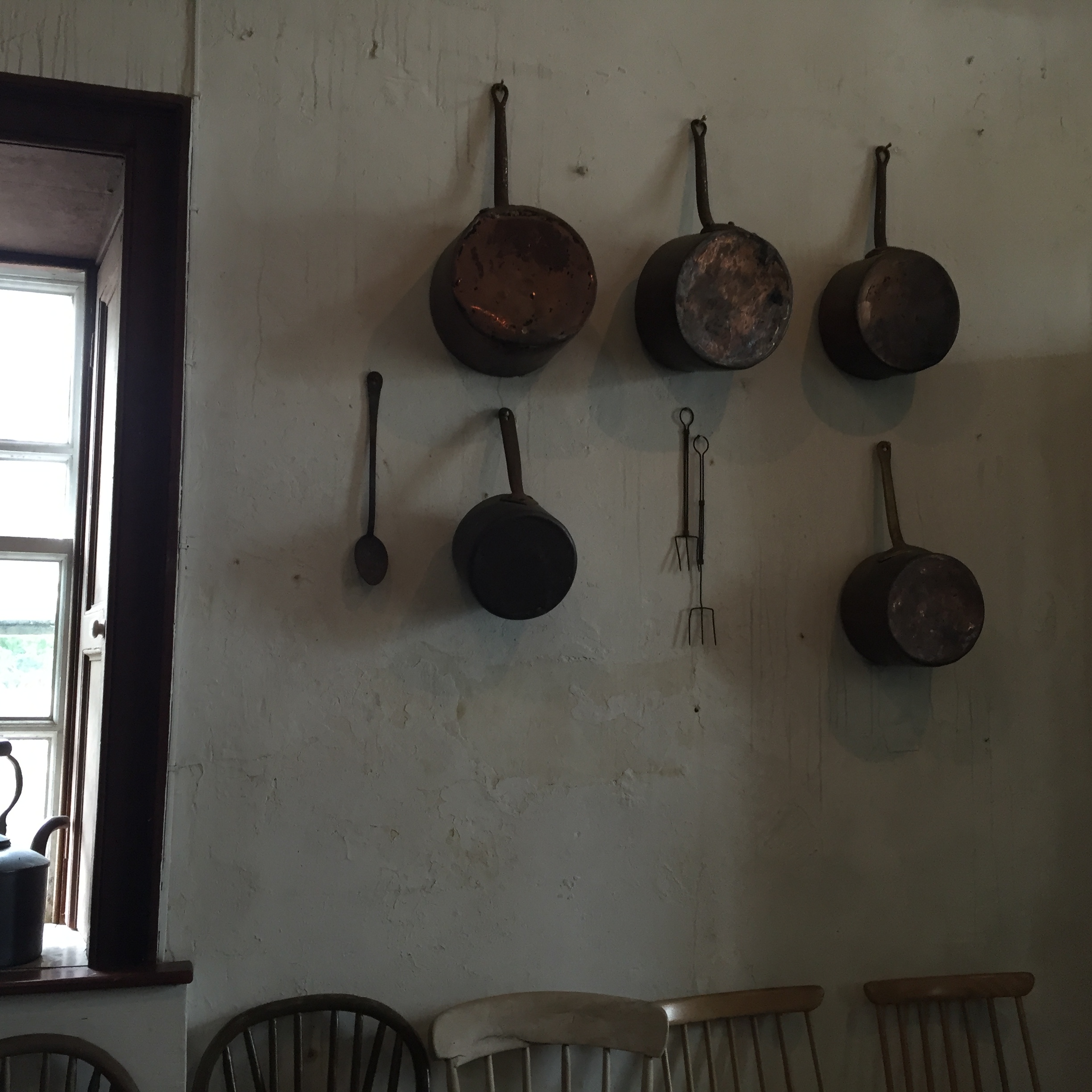
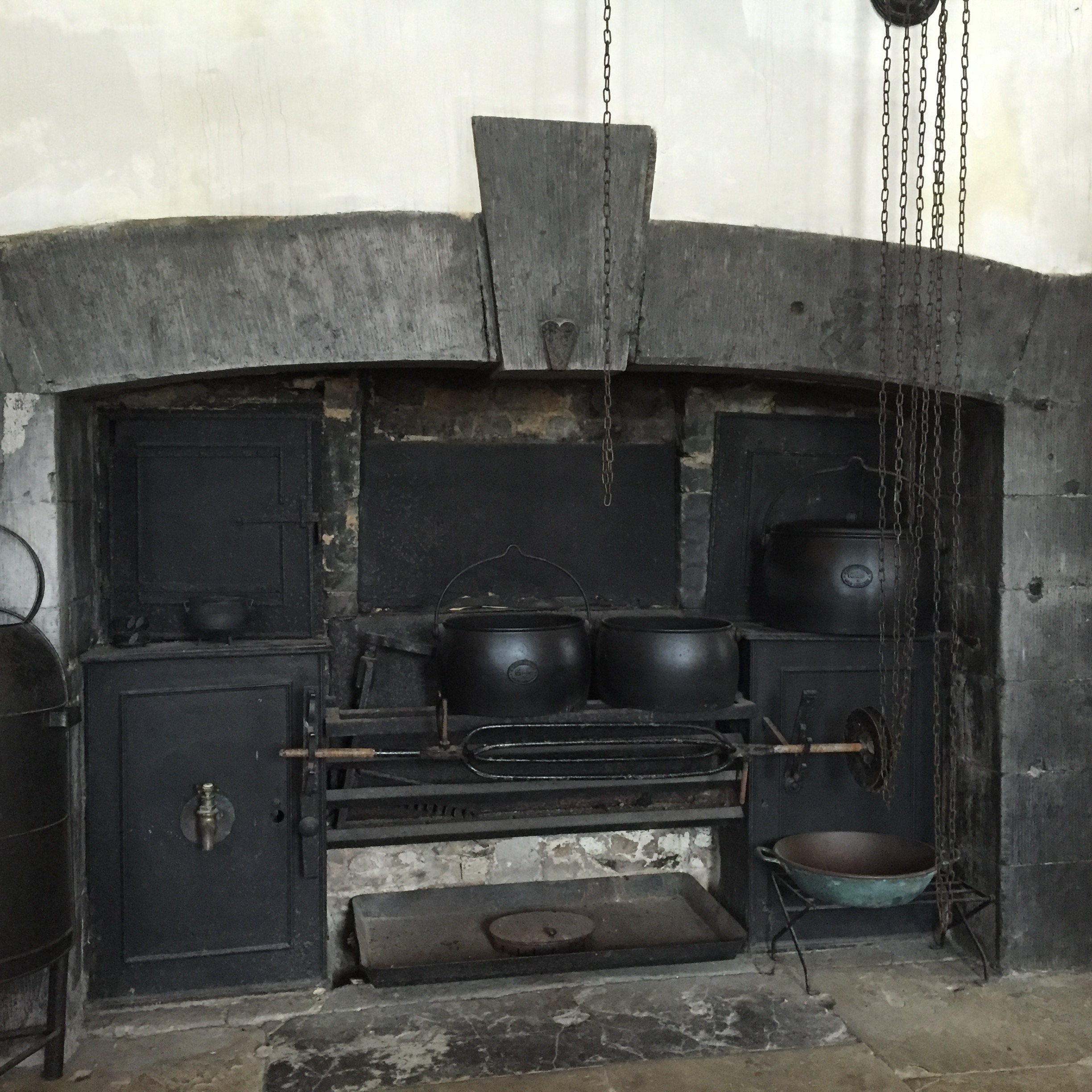
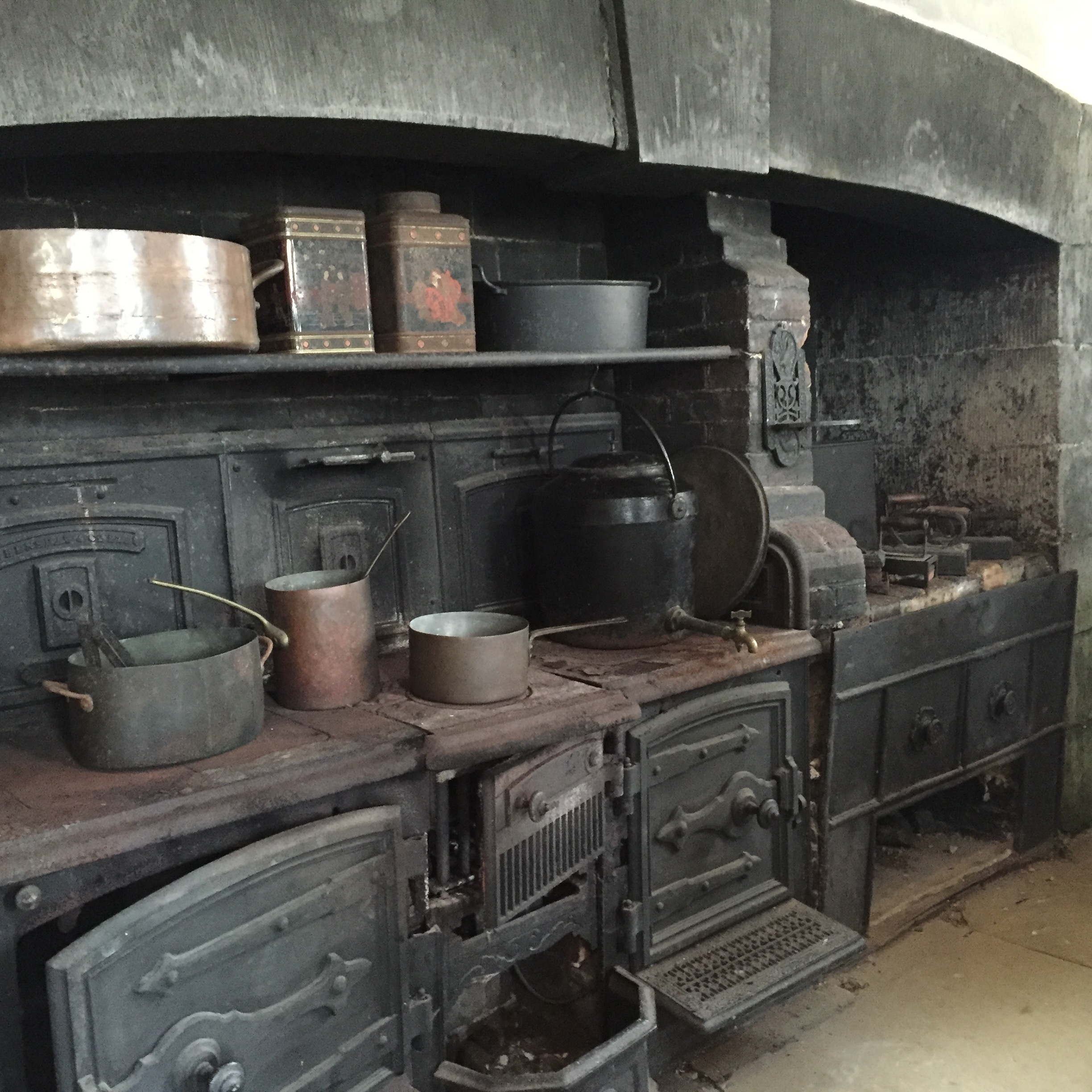
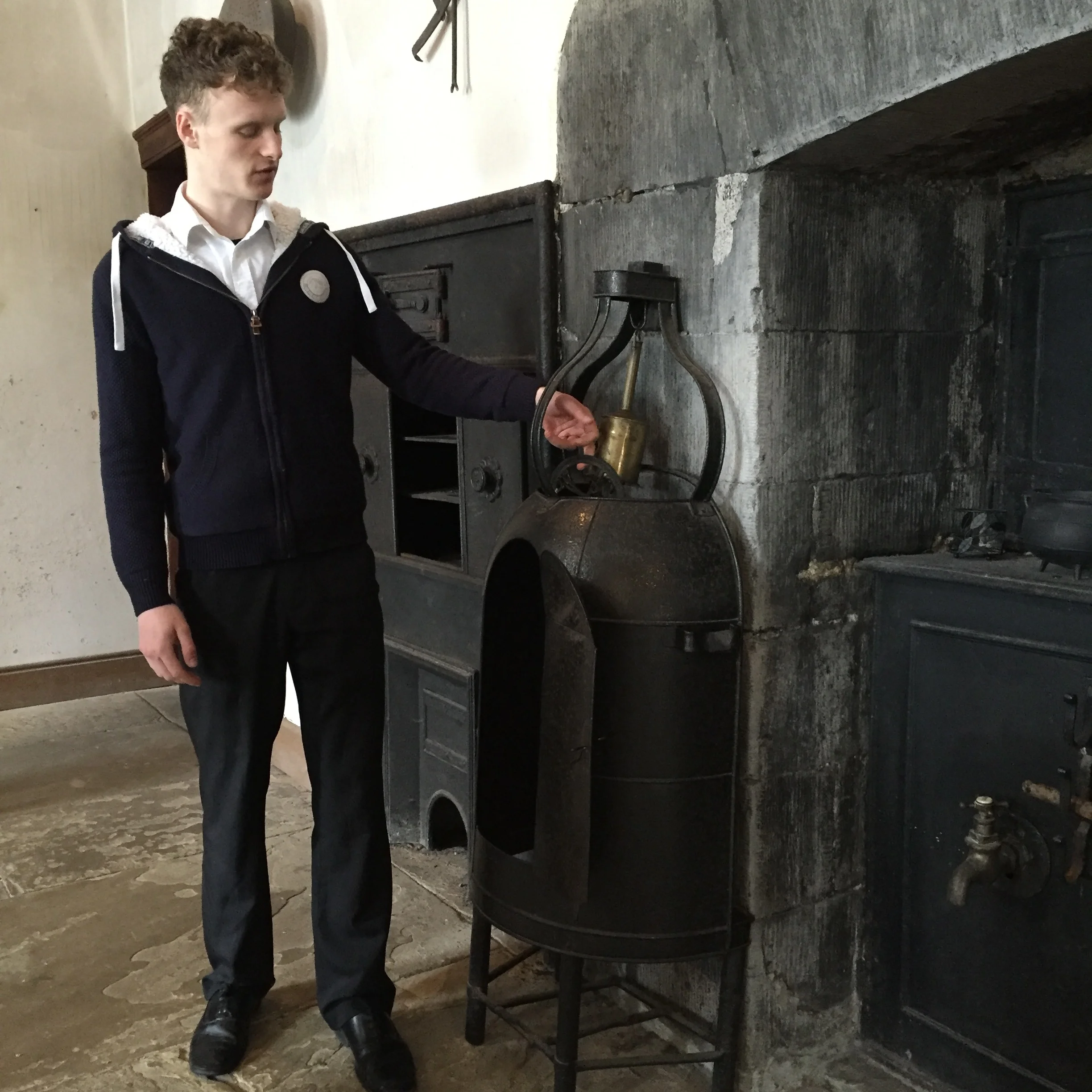
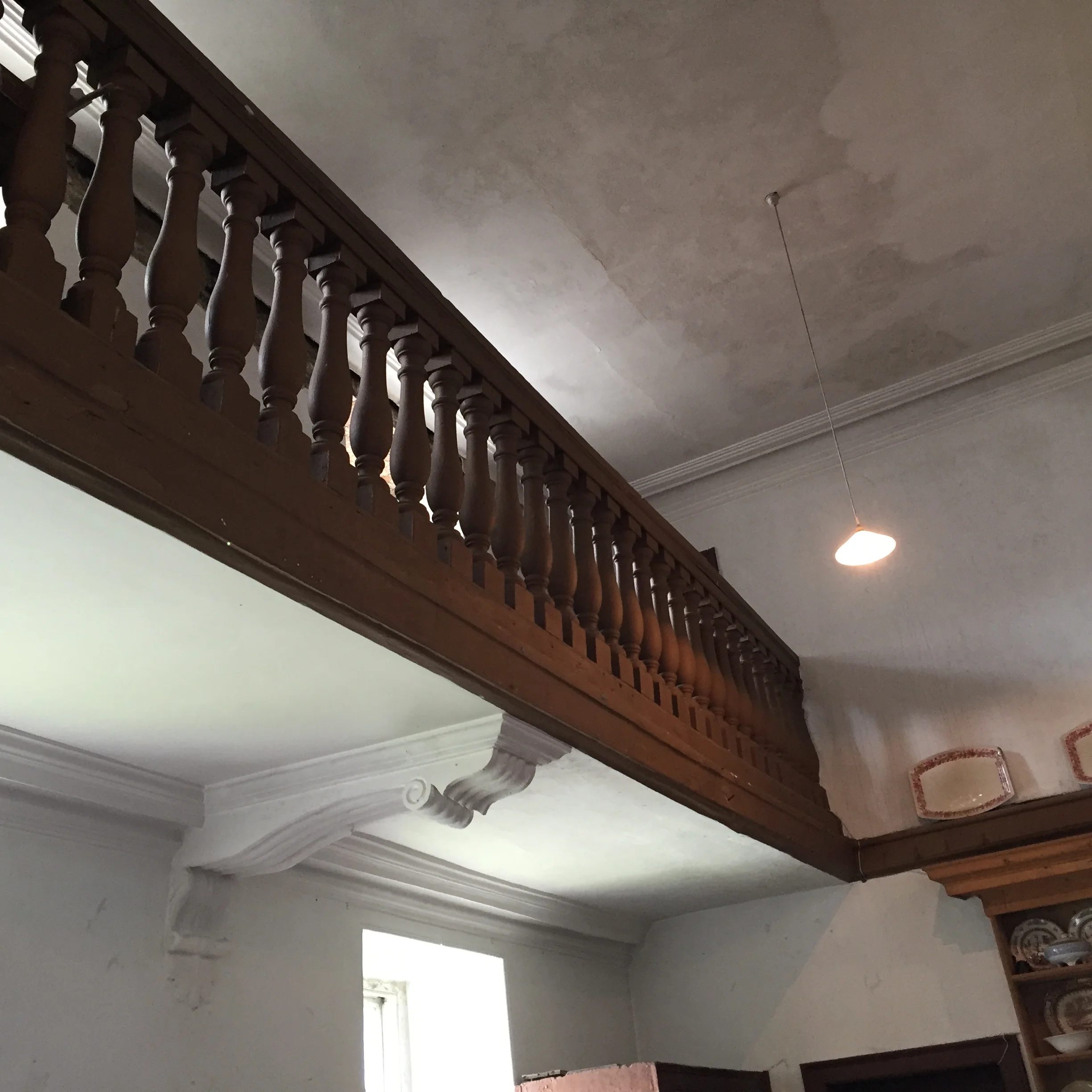
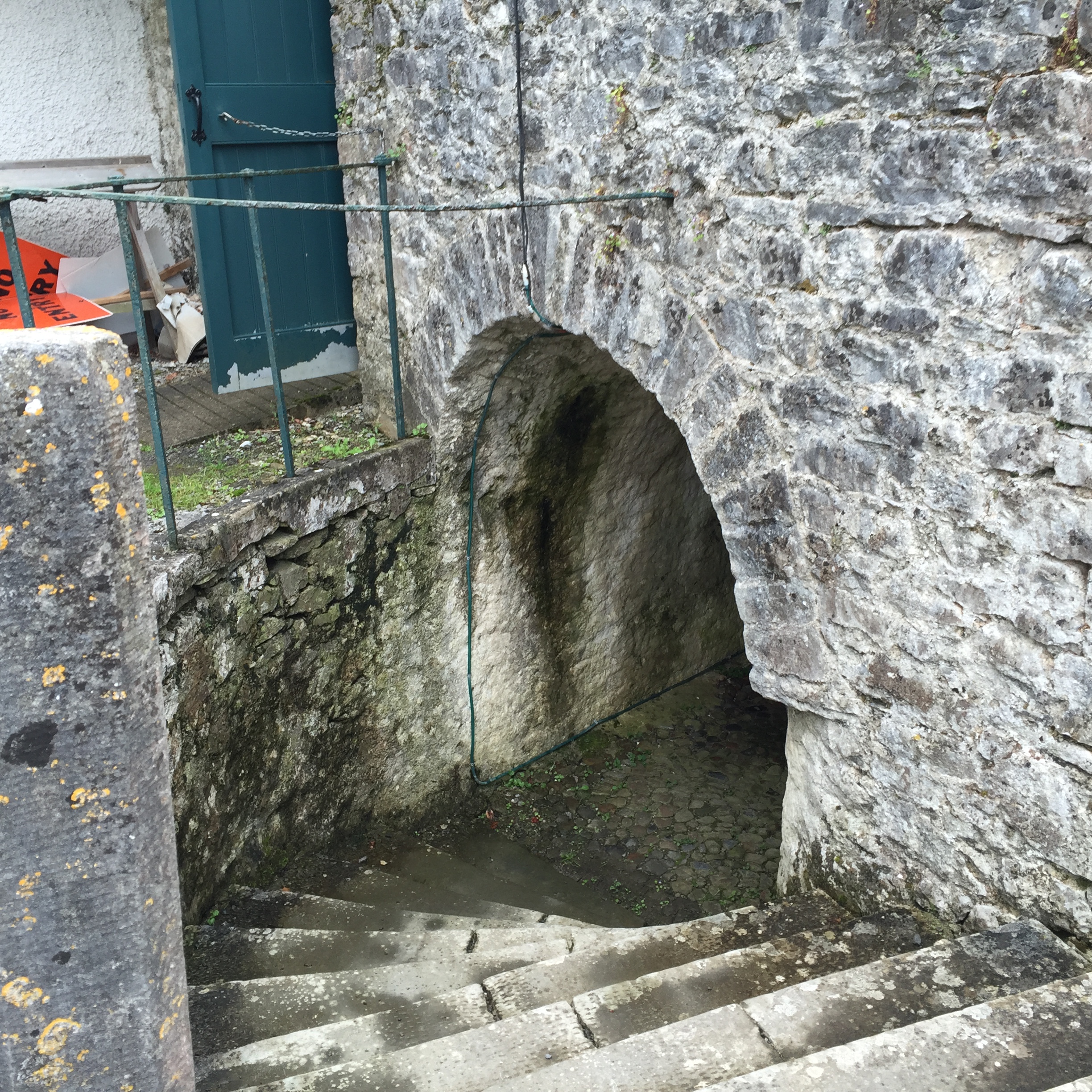
*** This was originally posted on our class blog here.
